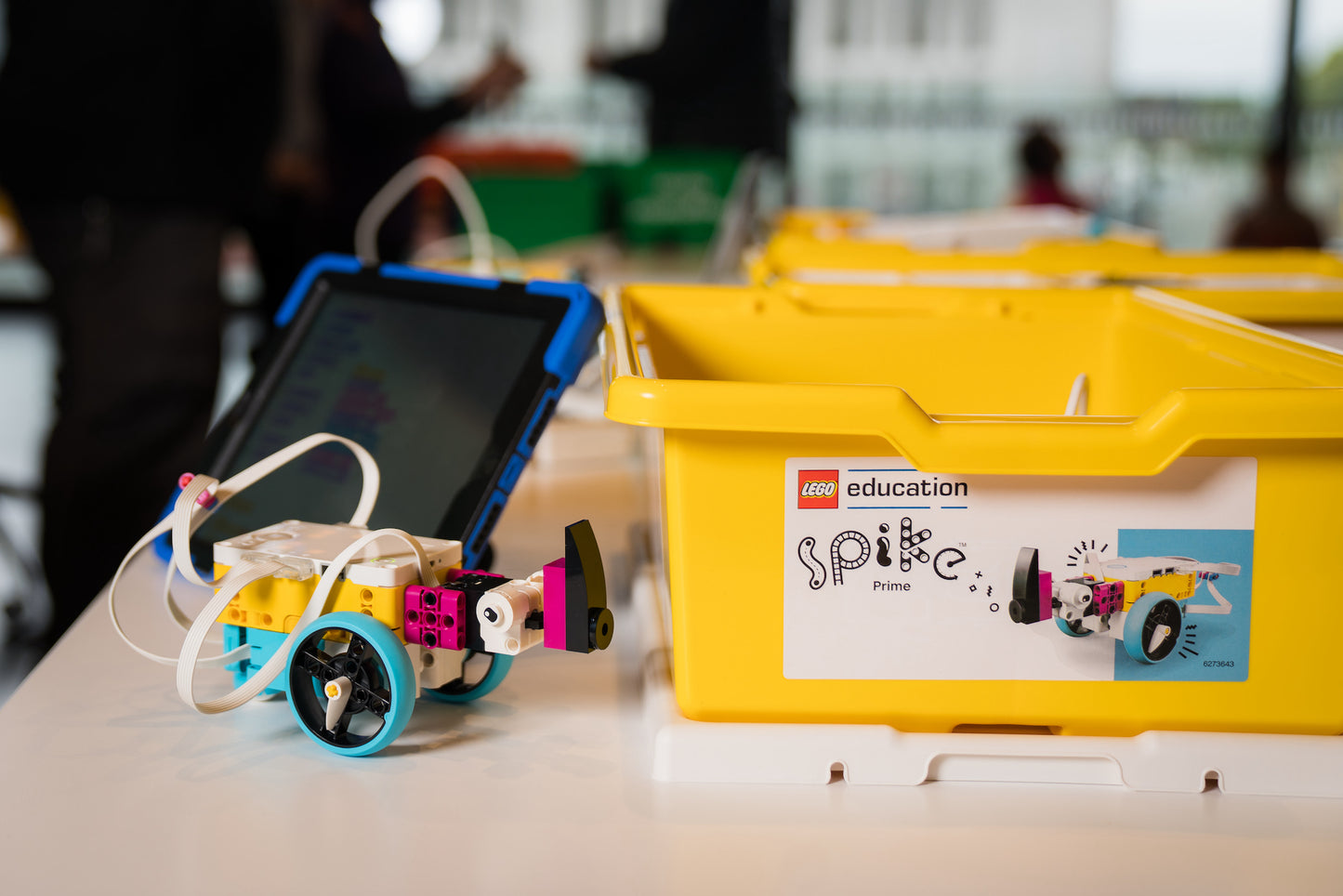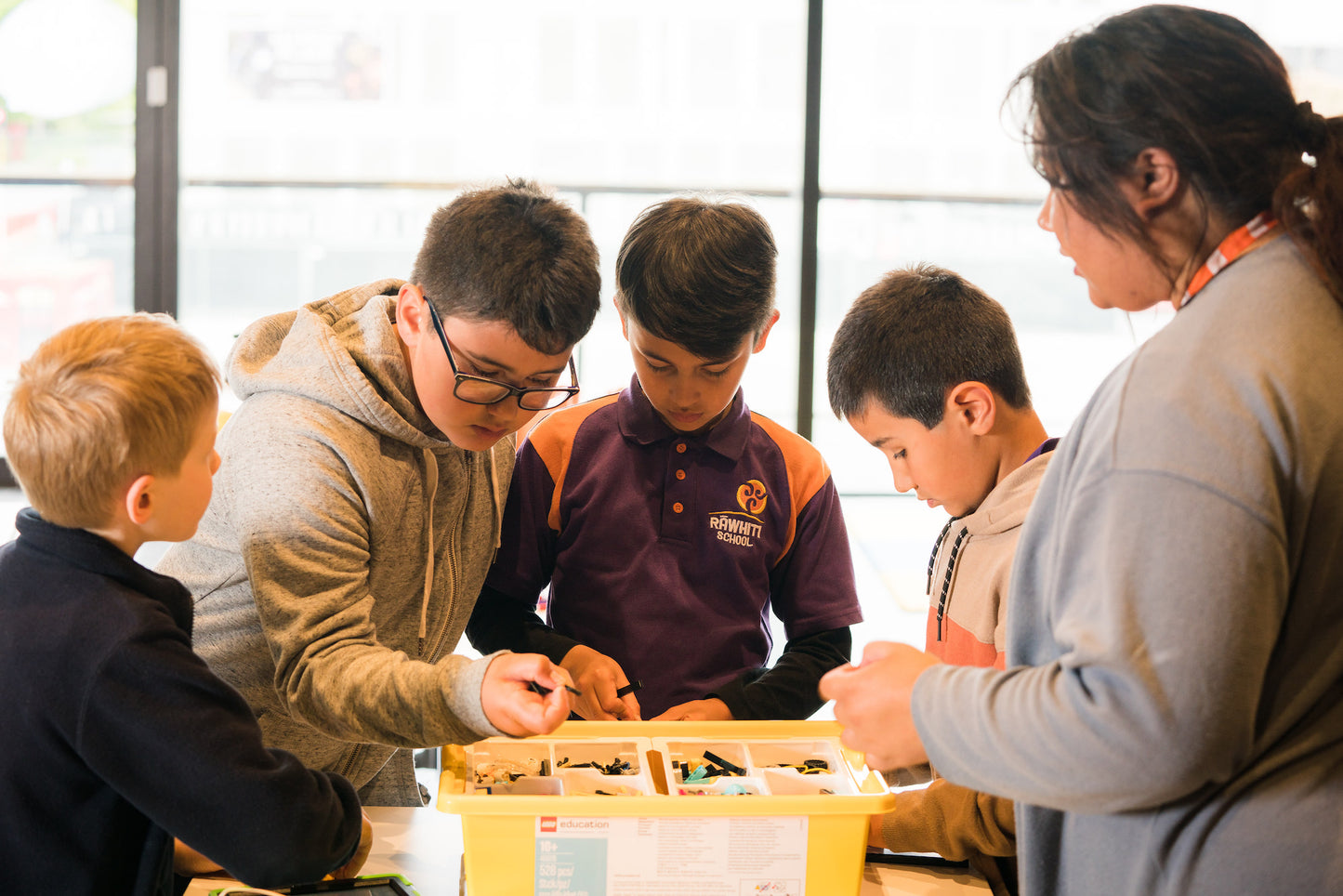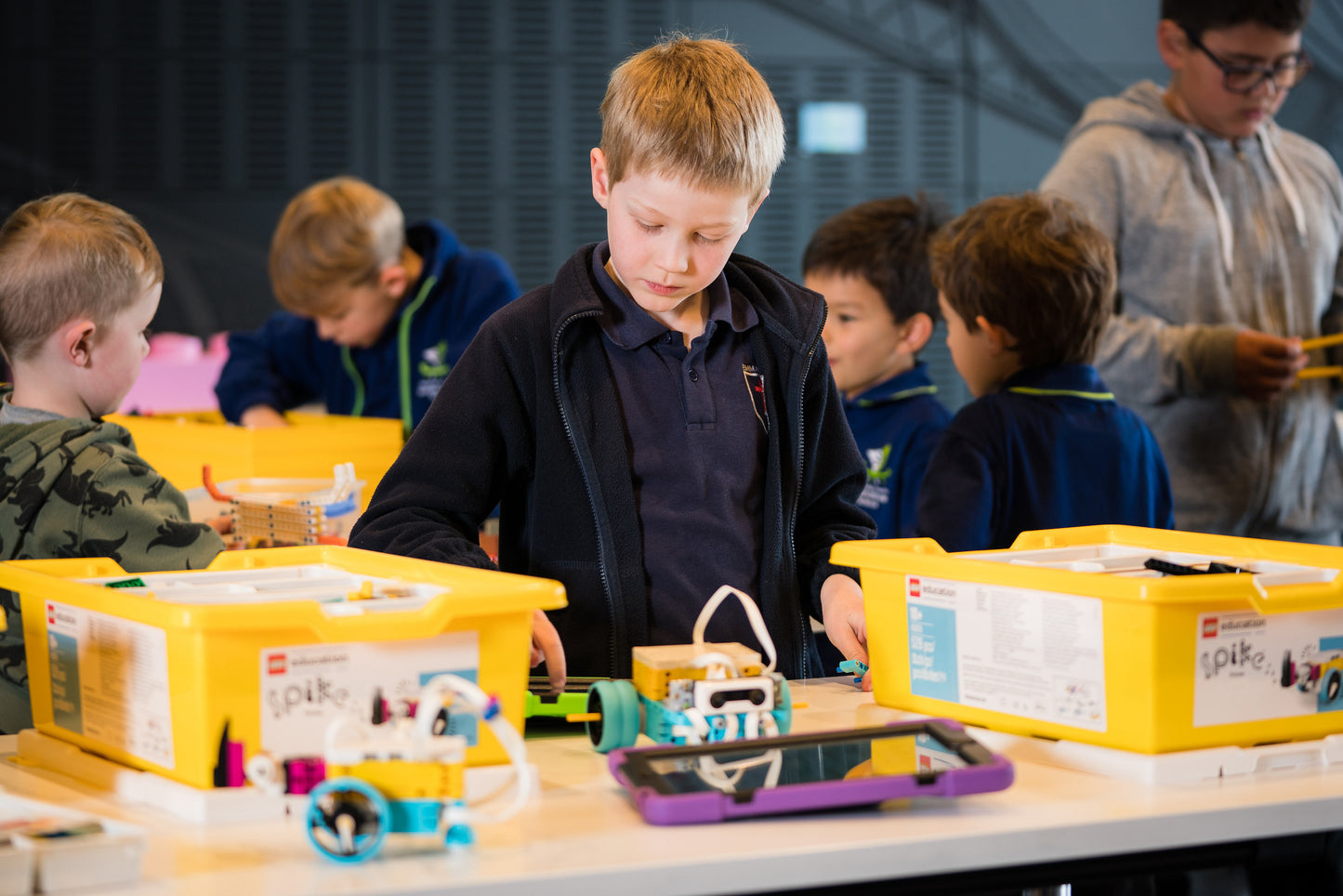Robotics with LEGO SPIKE Prime
Engage your students with the thrill of building, and programming with LEGO SPIKE Prime! Released in 2020, LEGO SPIKE Prime is the newest addition to the world of LEGO Robotics. All sessions include a robot build, learning about sensors and motors. The robots can then be programmed using a scratch-based drag-and-drop coding app on either an iPad or a computer.
We offer a wide variety of themed classes using SPIKE Prime - we can offer customised sessions to fit with class topics, or talk you through some of our most common classes.
Age range: 8-13 years old (Years 3-8)
Session Length: 90-120 minutes
Price: $6.50 per child per hour (Minimum $80 per hour)
Capacity: Up to 10 students working in pairs (we are looking to increase the capacity of this class to 32 students soon)
- - A robot is a machine without any independent intelligence, but can be coded/programmed to perform tasks.
- - We can use sensors to provide our robot input information, which it can respond to.
-
- Robot outputs are limited by the components of their design.
We offer a wide range of courses for groups with varying needs. Below you’ll see several examples of our most common classes.
Introduction to LEGO robotics - 60-90 minutes, 8-12 years old
Students work individually or in pairs to build and program a robot that spins and is reactive to one or two sensors. Students are encouraged to explore the features of their robot’s code, adjusting input and output settings to achieve different outcomes.
We recommend a 90 minute session for children in Year 4 or above only.
Dozerbots - 90-120 minutes, 8-13 years old
Students work individually or in pairs to build and code a robot bulldozer that will clear LEGO from an area in under a minute. Students have options within this class to build a robot of their own design to meet the design brief or to build a suggested driving model and customise their bulldozer scoop. This class uses a colour sensor and motors, and students are encouraged to adjust their code to explore output options.
We recommend this class is run in a two hour session to allow students the greatest opportunity to fully test and improve their code and construction.
Battlebots - 2-3 hours, 10-13 years old
Students work individually or in pairs to build and code a robot that will push an opponent’s robot out of a designated area in under a minute. Students have options within this class to build a robot of their own design or to build a suggested driving model and customise their weaponry. This class uses a colour sensor, ultrasonic sensor and motors, and students are encouraged to adjust their code to explore output options.
Rescuebots - 90-120 minutes, 10-13 years old
Students work individually or in pairs to build and code a robot that is self driving and line following and can pick up and carry an object in need of rescue. Students have options within this class to build a robot of their own design or to build a suggested driving model and customise their grabbing device. This class uses a colour sensor and motors, and students are encouraged to adjust their code to explore output options.
We are learning to:
- - Identify necessary outcomes to achieve a goal
- - Translate outcomes into code for our robot
- - Identify input and output systems
- - Follow pictorial instructions
- - Meet the expectations of a design brief
Technology
-
Technological Knowledge: Technological Systems (Levels 1-4)
-
- Understand that technological systems have inputs, controlled transformations, and outputs. (Level 1)
-
- Understand that there are relationships between the inputs, controlled transformations, and outputs occurring within simple technological systems. (Level 2)
-
- Understand that technological systems are represented by symbolic language tools and understand the role played by the “black box” in technological systems. (Level 3)
-
- Understand how technological systems employ control to allow for the transformation of inputs to outputs. (Level 4)
- Nature of Technology: Characteristics of Technological Outcomes (Levels 1-3)
- - Understand that technological outcomes are products or systems developed by people and have a physical nature and a functional nature. (Level 1)
- - Understand that technological outcomes are developed through technological practice and have related physical and functional natures. (Level 2)
- - Understand that technological outcomes are recognisable as fit for purpose by the relationship between their physical and functional natures. (Level 3)
- Computational Thinking:
- - In authentic contexts and taking account of end-users, students give, follow and debug simple algorithms in computerised and non-computerised contexts. They use these algorithms to create simple programs involving outputs and sequencing (putting instructions one after the other) in age-appropriate programming environments. (Progress Outcome 2)
- - In authentic contexts and taking account of end-users, students decompose problems into step-by-step instructions to create algorithms for computer programs. They use logical thinking to predict the behaviour of the programs, and they understand that there can be more than one algorithm for the same problem. They develop and debug simple programs that use inputs, outputs, sequence and iteration (repeating part of the algorithm with a loop). They understand that digital devices store data using just two states represented by binary digits (bits). (Progress Outcome 3)
- Thinking:
-
Students identify the goals of the lesson and must then use these goals to create appropriate code for their robot. After testing, students refine and improve their code where needed.
- Using language, symbols and text:
- Students make use of coding languages and symbolic images and may choose to follow pictorial instructions.
- Managing Self:
- Students are expected to manage the testing and refining phases of these classes independently with support available intermittently from staff.
- Relating to Others:
- All robotics courses involve sharing some LEGO resources and may involve team working with a partner. Students are also encouraged to consider the purpose of robots in society.
- Participating and contributing:
-
These lessons involve respectfully sharing spaces, honouring competition rules, and accepting defeat or victory with good manners.
Share
















